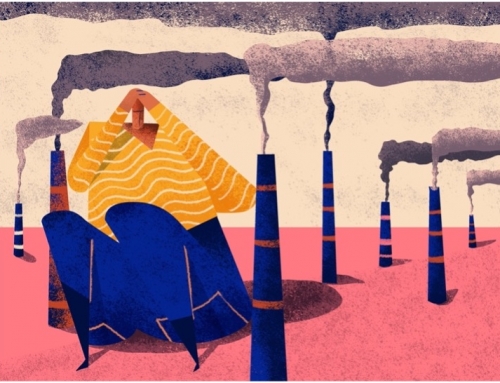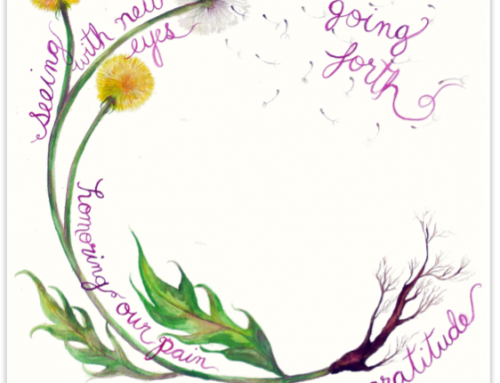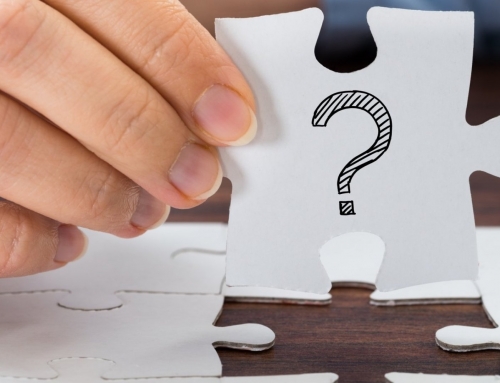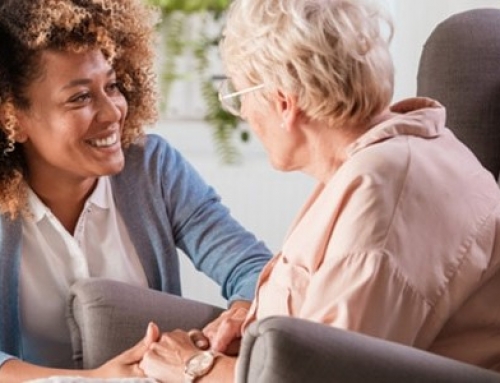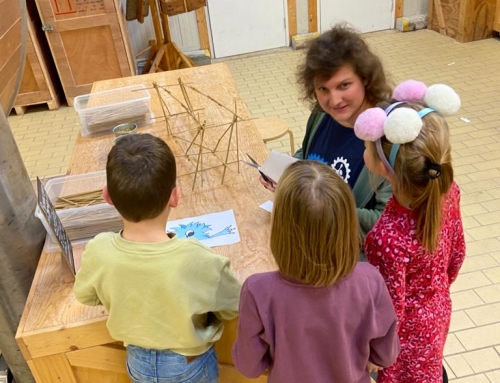
I am not a psychologist who can help people with their state of mind, neither a virologist who can indicate when the virus will slowly lose its power of controlling us. Yet, I have the feeling that people like myself can make a change in this situation. In my previous blog, I explained more about my personal experiences with COVID-19 and how this has changed my perspective. To this extend, I want to zoom out and explore how my role as a Transformative Social Innovator can be of help in this unstable situation.
Social relationships
The experiences of the past weeks have been a turning point for me. During my project for Compassionate Communities, I focus on how we can become more compassionate and resilient as a collective. In essence, the question lies in what if we start looking out for each other a little more today than we did yesterday? How would our world change if everyone invested in social relationships? Of course, I cannot answer or predict what would happen. However, during an interview with Julian Abel (2021), director of Compassionate Communities UK, he explains the following ‘’Science gives us a clear indication of the correlation between different interventions and our risk of dying. In the table, you can see that the top three bars, which are interventions concerning social relationships, completely dwarf other interventions such as drug treatment for hypertension. Social relationships are more effective than stop drinking, smoking, dieting and practically everything else I forget to mention here. Yet, many do not see this as a call to action.’’
Hence, it is not only based upon our emotions that we need social relationships, science confirms this. For me, this became very clear during the lockdowns. When you asked people how they felt during the first lockdown they were holding on to the feeling of we will get through this together. We appreciated the people who worked for us day and night and accepted the situation. Moreover, we felt strong in unity. In contrast to the second lockdown – it took a different turn. People became tired of being alone, of waiting for something positive to happen. People desperately need others surrounding them. Yet, it is crucial to acknowledge that there are different types of social relationships. Where someone who is introverted likes to talk to people online because physical meetings otherwise drain energy. Others like to surround themselves with people to fight against the feeling of loneliness. Thus, it is a matter of acknowledging different social needs and translate them into a way that fits. So, without any further ado, a second pandemic has started due to the lack of social relationships.
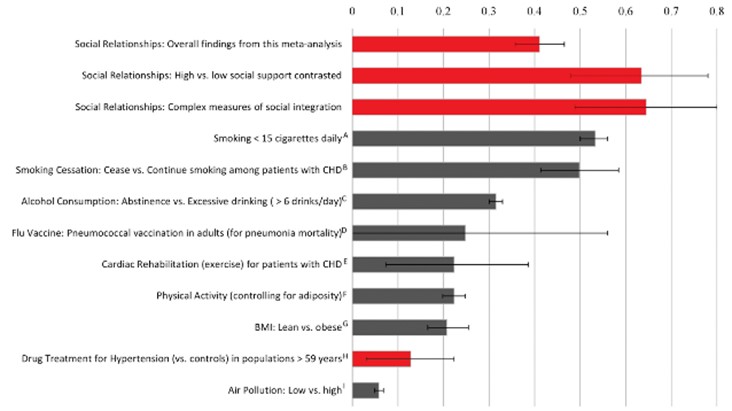
Our well-being
This is a time of rapid change, where stability and predictability are making way for the fluidity and complexity of our contemporary society (Castells, 2004). The pandemic of COVID-19 is the event that we encounter daily. However, I believe it is crucial to start transforming, the patterns, structures and mental models, according to the Iceberg model (Freud, n.d.), to make a change in our perception of the world. To start with focussing on our well-being which includes COVID-19, social relationships and many more elements where is friction. How can we change tendencies of division and conflict to normal outgrows of social interchange? You can question if such a statement has the power to change.
Yet, in every reality, there is alterity meaning that there is always another perspective of how to perceive the situation. (Gergen, McNamee & Barrett, 2001). From a social constructionist perspective, this can be used in the process of transformation. Social constructionism brings in concepts such as dialogue, imagination, co-creation and meaning-making to potentially be the most important assets while transforming a complex challenge. While many say that dialogue and conversation are the same things, there is a difference and I aim for dialogue. In a conversation, people share words and create meaning about the conversation. In contrast to a dialogue, different understandings are welcomed to bring in multiple voices. This already indicates that dialogue aspires to co-creation. Additionally, language gains its meaning from its use in context. Thus, by accepting different understandings and realities of the dialogue, meanings gain freedom which generates new possibilities.
Finding possibilities
Working with different understandings is crucial during co-creation. Additionally, imagination is just as important. For example, whenever you are in a dialogue with someone and ask them where they potentially see themselves in five years, they will mention some things but not give meaning to the context of their words. In contrast, when you ask them where they dream to be in five years, they immediately have a different relationship with the question and the answer that you will receive will have way more value. Asking reflective and creative questions like these are called circular questions (Unger, Nunnally & Willis, 2013). They are designed to create space for dialogue by using imagination and co-creation to open doors for new possibilities. Additionally, this goes hand-in-hand with the approach of Appreciative Inquiry.
Another example of finding new possibilities in the current systems is from Montgomery (2013), researcher Happy Cities, who empathises on is the Vélib in Paris. By arranging a system where people can rent free bikes in the city centre, traffic has completely changed. People start to use bikes to get in contact with nature and to get faster from A to B. However, they also get in contact with each other. The collective mass of bikes slowly starts to have a calming effect on the rest of the traffic. The bikes navigate through the traffic jams which inspires others to start using different transportation methods. This new way of navigating yourself through the streets is only one element of the sustainable change that this development is working towards.
Biking through the traffic lanes of Paris might seem a misplaced example. However, everything in this example comes down to the trust you need to have in each other. People must make eye contact with each other and co-operate to navigate through the wilderness. This high level of trust in people can make a big impact during the process of co-creation. When people start to take more time for simple interventions, share moments of creation and get together – this will influence way more than only the social interaction. Frequent moments of positive interaction are key to change the mindset of people.
These examples show that creating space for each other to explore realities and accept that there are differences creates possibilities for transformation. Systems might seem complex at first until you start to understand where the story comes from and why people are involved. According to the Iceberg model (Freud, n.d.), you start to look beyond the events and aim for transformation which is connected to the mental models. Thus, opening up to this only gives you more opportunities to create an inclusive solution to the bigger problem.
Back to reality
To summarise, not only did I get to experience the effect of social relationships, dialogue and new possibilities on a personal level. It also inspired me on a professional level to take it a step forward. My research for this blog has shown me how important it is to stand behind your thoughts and beliefs. In my previous blog, I shared that I am going to step away from my shield which protects me to admit that I am not okay. This made me stronger in every aspect of my work. For example, this made me enter a whole new realm in my project. I feel even more compassionate about the people with whom I am doing this project and for. And, I am more driven than ever to show everyone how resilient they can be.
I believe that in the idea of social constructivism. Thus, the building of relationships can be the fundament for sustainable change with dialogue as a tool. In that sense, it sustains the assumption that we can change culture by changing the conversation, by putting people together to dialogue and to co-create possibilities for action generating new possible realities. As a Transformative Social Innovator, I would like to be involved in this dialogue. By being there and welcoming different perspectives, I would like to facilitate a shared ground of change that is in favour of all. And maybe some say I am naïve, yet, I rather see myself as an optimist who invests in today to have a better day tomorrow.
Bibliography
Freud. (n.d.). Iceberg model [Illustration]. Retrieved from https://www.google.com/search?q=iceberg+model+freud&sxsrf=ALeKk02tcBsat6f7cU9YbQKY5eKMQHJUsQ:1623146987833&source=lnms&tbm=isch&sa=X&ved=2ahUKEwjo0YLd5YfxAhWtA2MBHbLcCrAQ_AUoAXoECAEQAw&biw=1422&bih=678#imgrc=8urCDU6_4aae_M
Gergen, K. J., McNamee, S., & Barrett, F. J. (2001). TOWARD TRANSFORMATIVE DIALOGUE. International Journal of Public Administration, 24(7–8), 679–707. https://doi.org/10.1081/pad-100104770
Jette, S. (2013). Book Review: Happy City—Transforming Our Lives Through Urban Design, by Charles Montgomery. World Futures Review, 5(4), 405–408. https://doi.org/10.1177/1946756713514561
Unger, C., Nunnally, L. K., & Willis, T. F. (2013). Collaboration Above the Fray: Designing Strategic Conversations that Matter. Design Management Review, 23(1), 38–45. https://doi.org/10.1111/j.1948-7169.2012.00169.x

